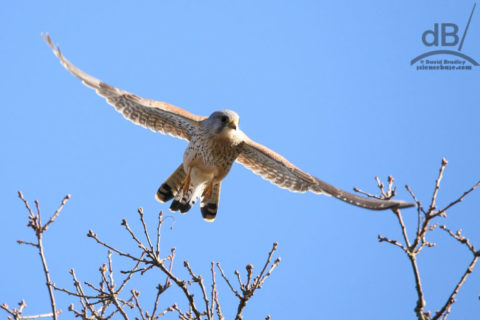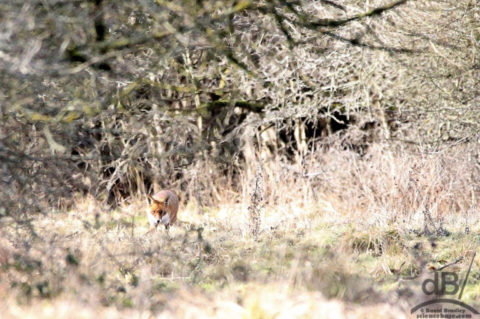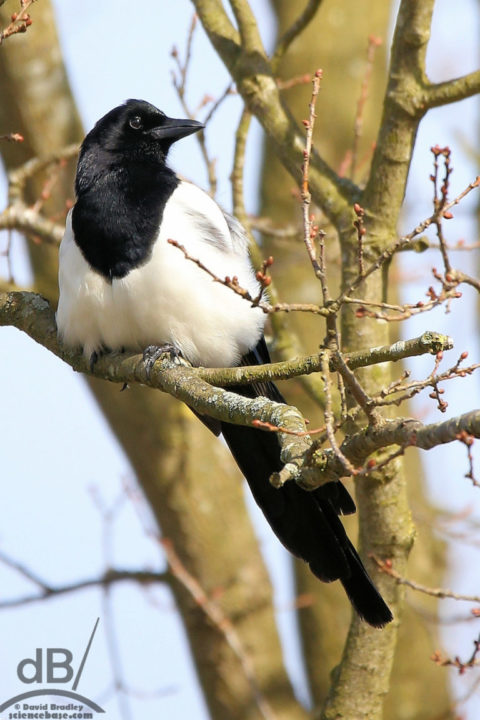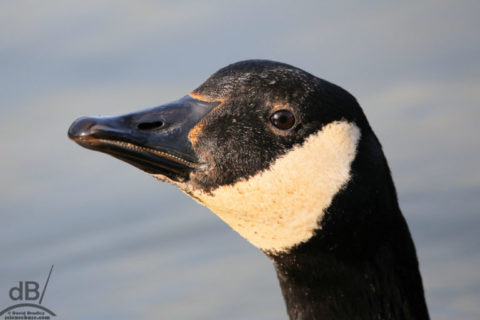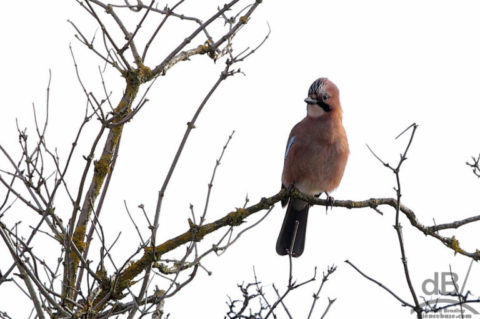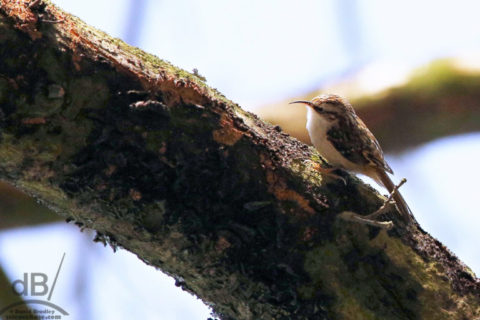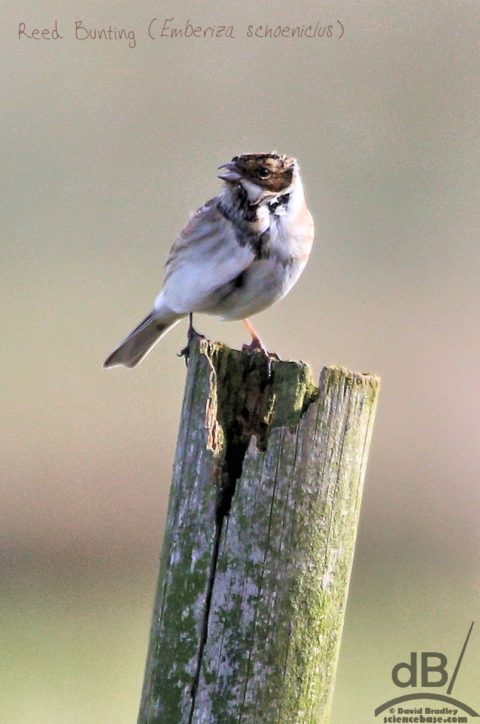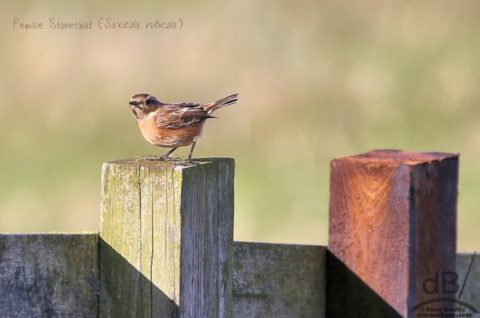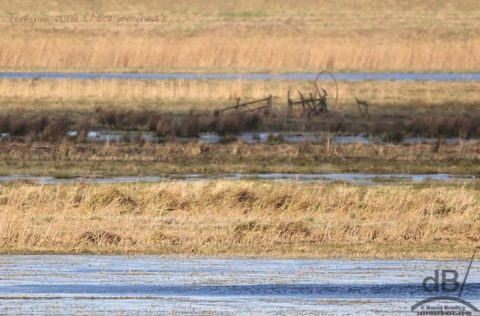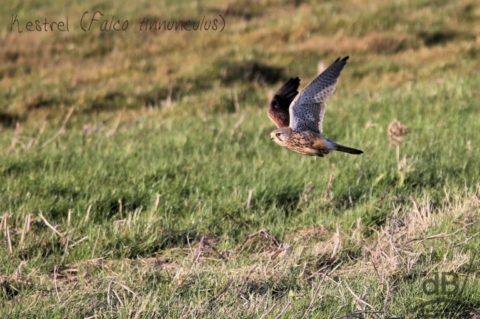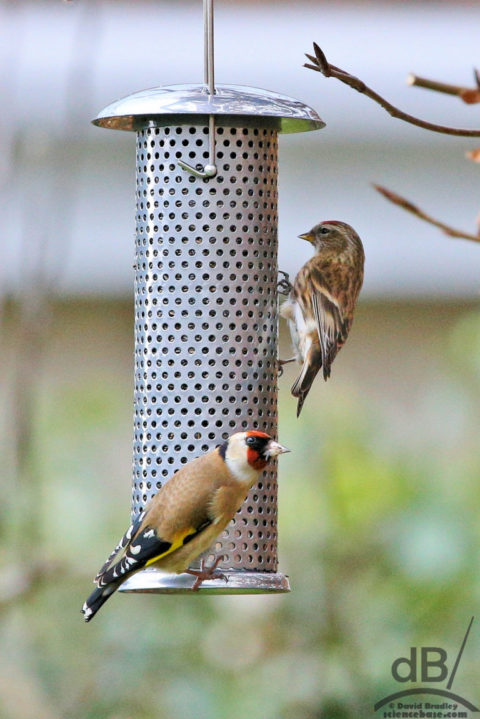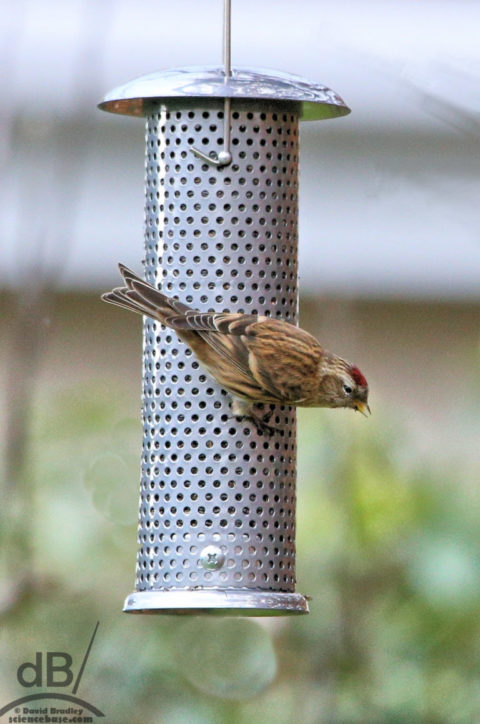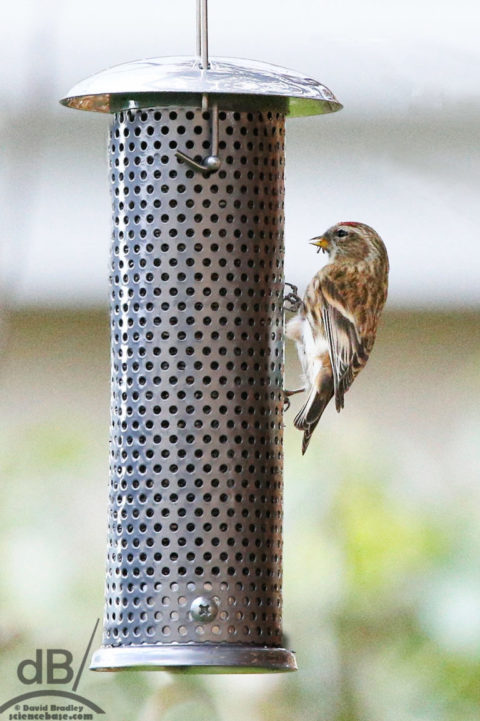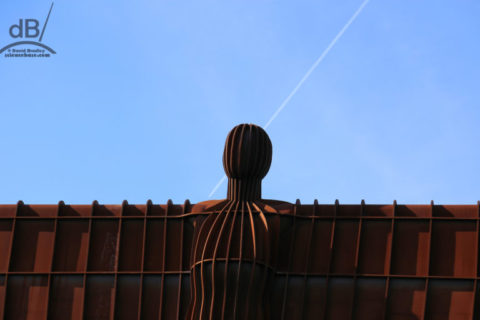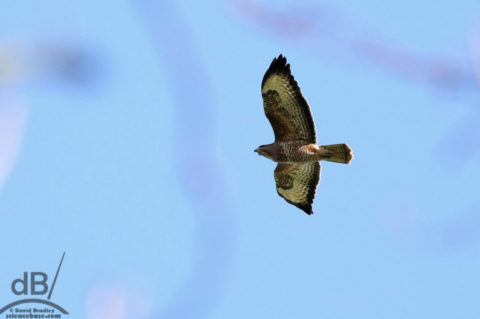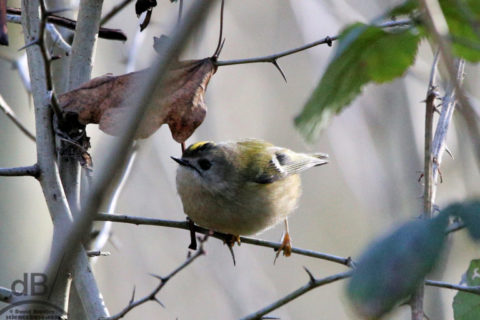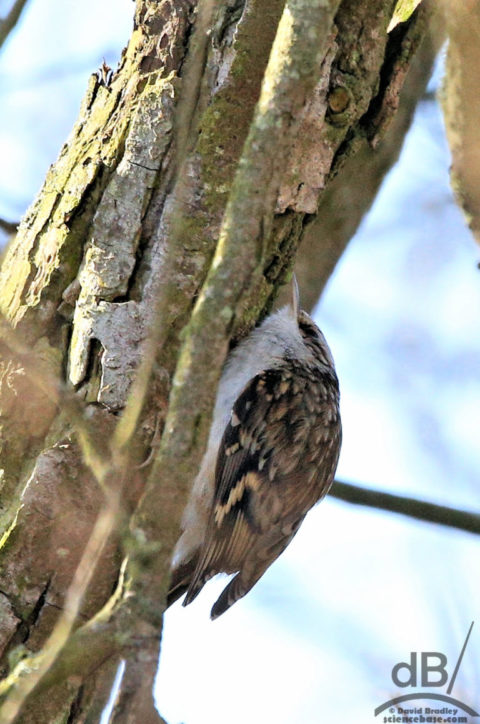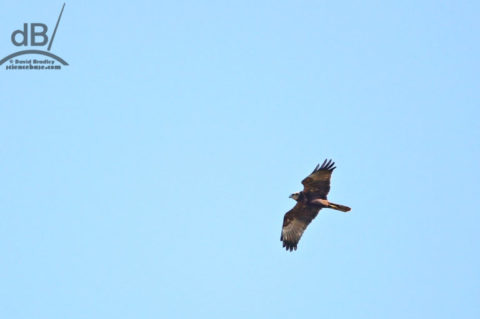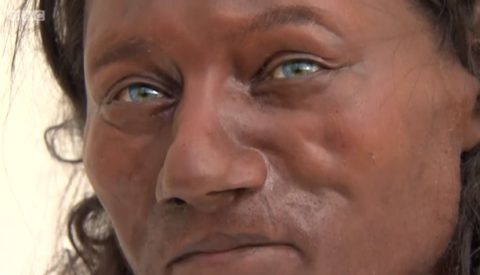If you saw yesterday’s blog post, you will no doubt have some idea what a murmuration is – basically, a flock of European Starlings (Sturnus vulgaris) coalescing into a coherent flock just before they settle down to roost for the night. In case you missed it, here’s the video again:
There are two schools of thought as to why Starlings form these spectacular pre-roost murmurations. The first theory is the “safer together” hypothesis. Get yourself into a big, distracting flock and there’s more chance of confusing a predator, such as a Peregrine and less chance of being eaten before you go to bed. The second hypothesis is the “warmer together” idea wherein more birds roosting together will stay warmer through the night. The murmuration I videoed last night comprised several flocks with an estimated total of about 5000 birds, I reckon.
Anyway, last year there was a paper in Plos One that discussed a citizen science effort to try and find the most likely explanation for Starling murmurations. Anne E. Goodenough, Natasha Little, William S. Carpenter, and Adam G. Hart reported how flock movement and biomechanics have been the focus of research into murmurations, but efforts to find solid evidence of an explanation of this wonderful sight has been limited.
They collected data on size, duration, habitat, temperature and predators from members of the public, citizen scientists, who had observed more than 3000 murmurations. Sightings occurred in 23 countries but most were in the UK across lots of different habitats. Murmurations occurred mostly from October to early February with the average flock containing more than 30000 birds, but one murmuration reported as having 750,000 birds. The murmurations lasted on average just under half an hour, although the longest displays were at beginning and end of the season, which may be down to longer twilight time.
The team reports that birds of prey were sighted at almost one in three murmurations and that the size of the murmuration was bigger if raptors such as Harriers, Peregrines and Sparrowhawk were in the location. If a raptor was in close proximity to the flock, then the flock was more likely to end with all birds going down en masse to their roosting site. Temperature correlated negatively with murmuration duration.
“Our findings suggest that starling murmurations are primarily an anti-predator adaptation rather than being undertaken to attract larger numbers of individuals to increase roost warmth,” the team concludes. Earlier research by a different team had simulated a Starling flock to assess how confusing it might be to a raptor hoping to catch prey on the wing and supports the “safer together” hypothesis too.
This kind of self-organising flocking behaviour is common in shoals of banded killifish, among foraging ants, and in herds of migrating wildebeest, the team adds.
